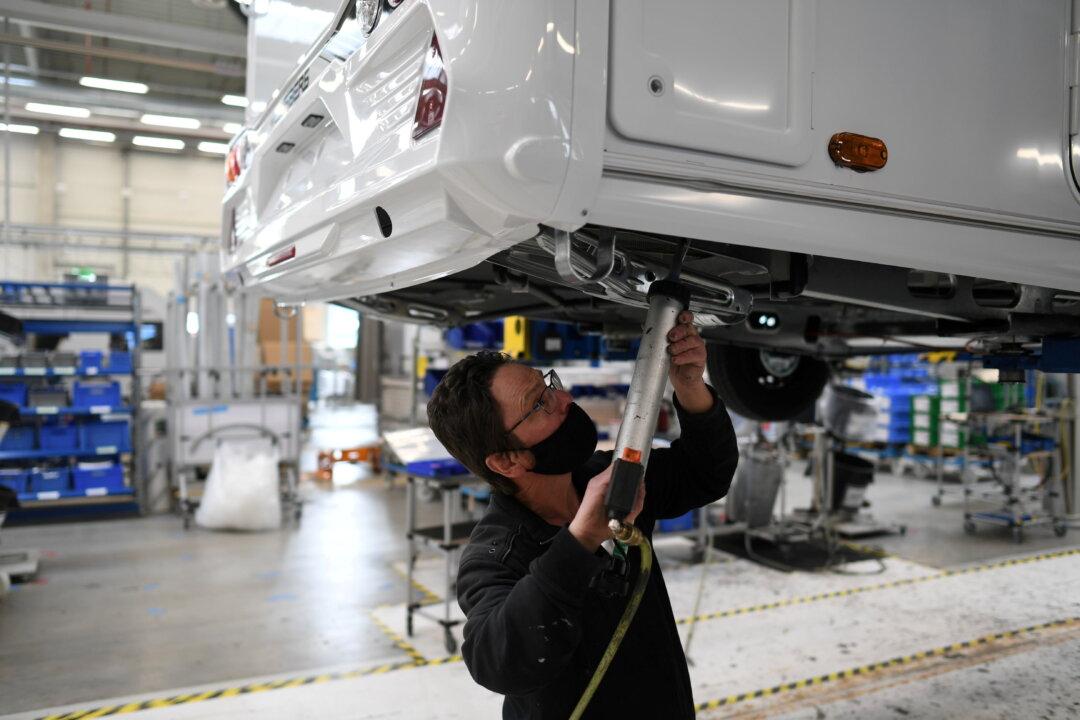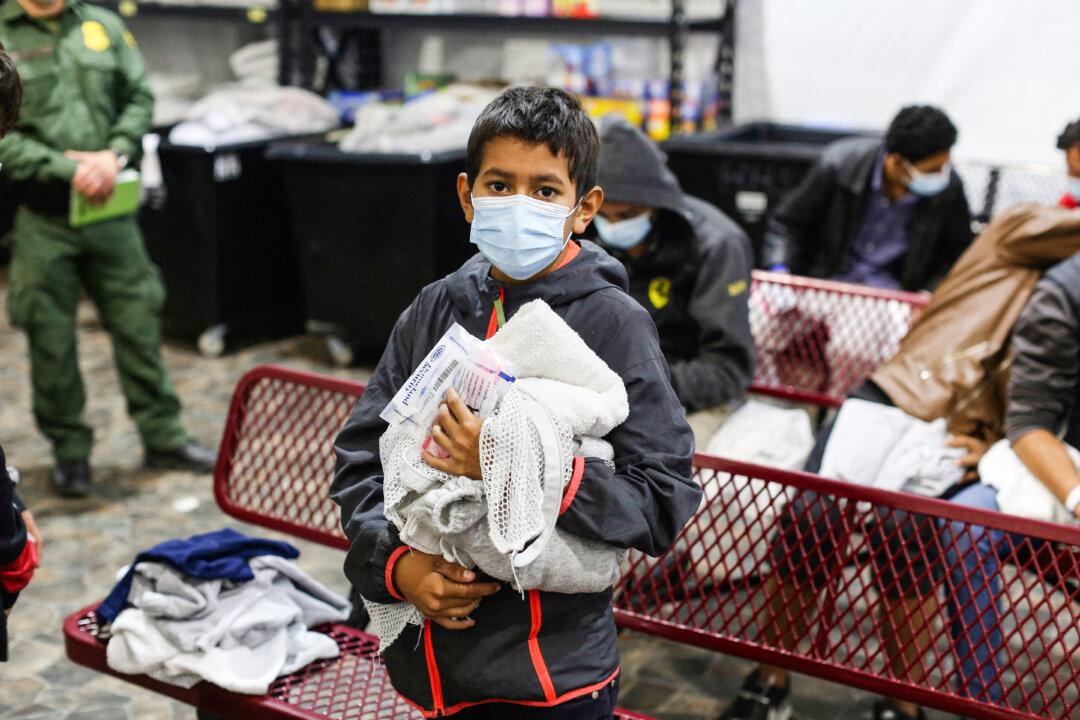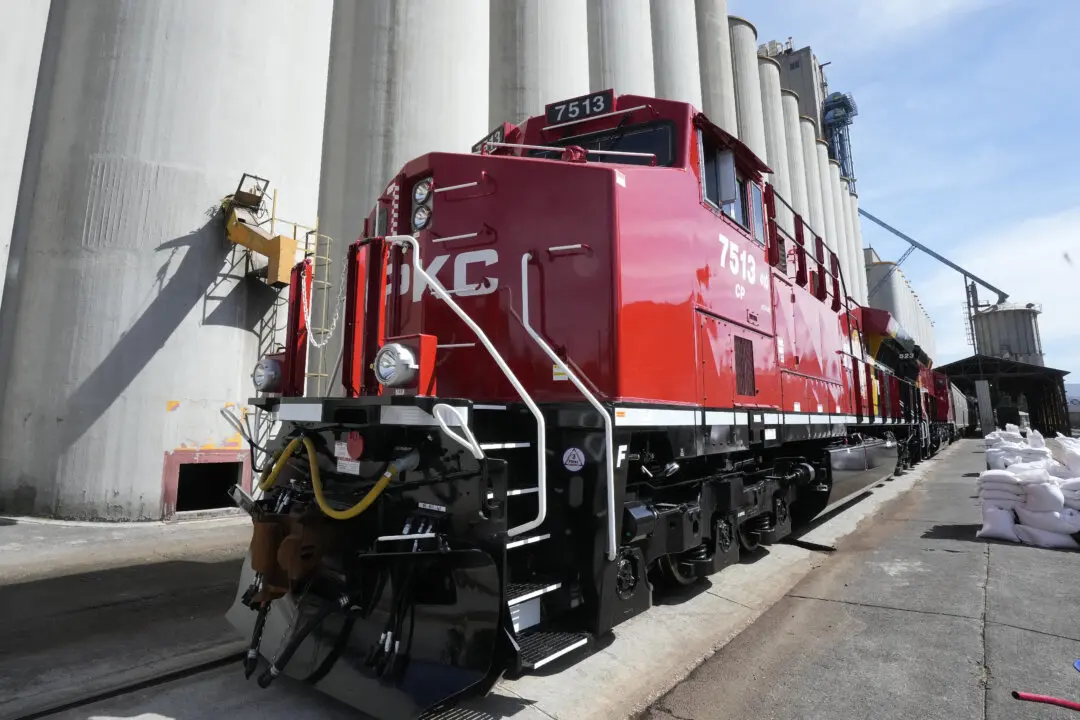A slowdown in factory growth across the United States, Europe, and Asia is strengthening fears of a global recession.
“June PMI survey data showed the eurozone manufacturing economy ending the second quarter on a low as production levels fell for the first time in two years,” S&P Global said in a July 1 press release (pdf). “Total new business intakes and export orders both declined, while business confidence slid to a 25-month low.”





